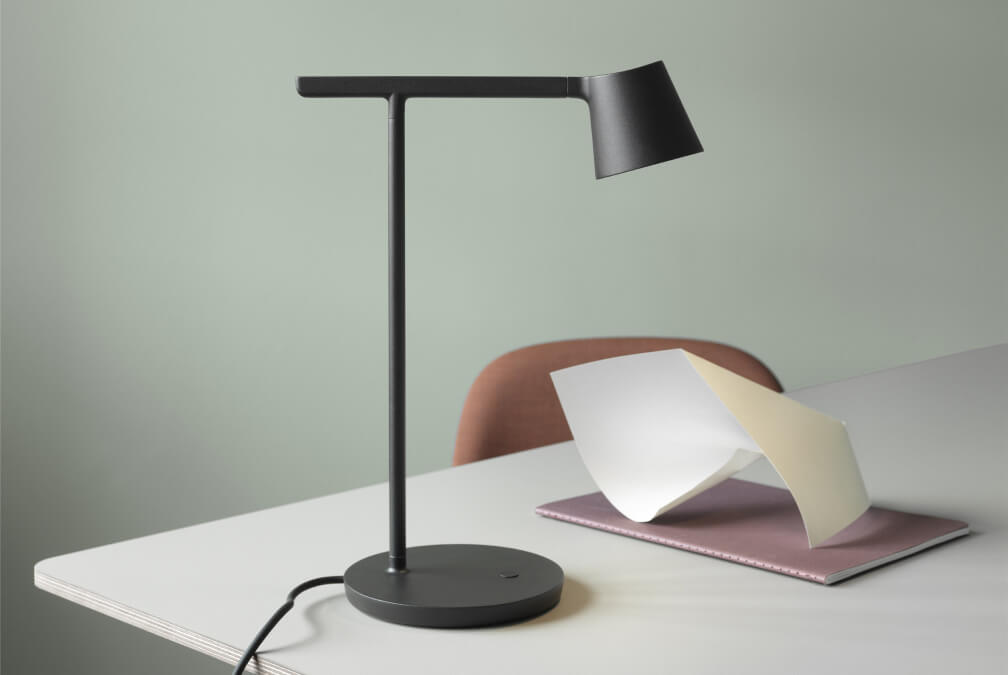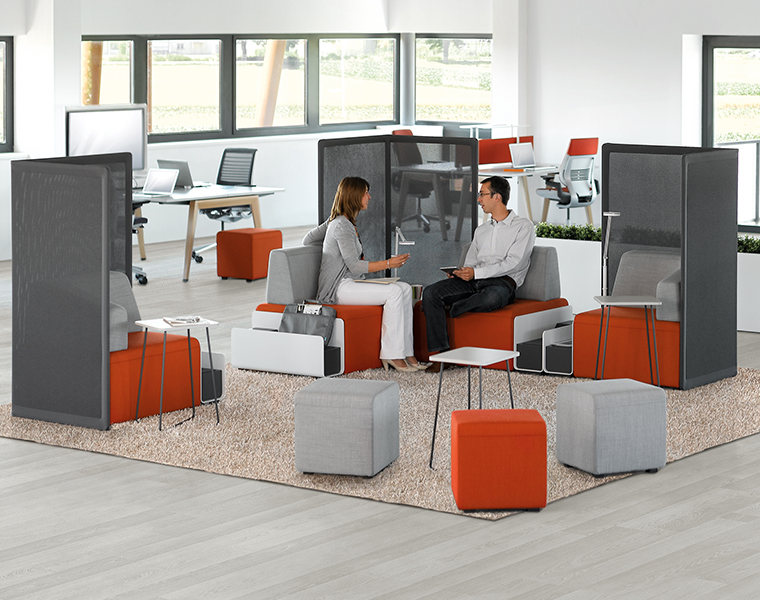The need for privacy within the workplace isn’t new, however in today’s open plan workplaces, workers are finding it increasingly difficult to find spaces for private work or conversations without them being booked in advance.
Privacy is multi-dimensional
Our need for privacy depends on the task being performed, and how much we feel in control of our surroundings. Privacy in any setting is determined by how much we can hear and be heard, how much we can see and be seen and the ways we can define our own boundaries and control our own space. These four types of privacy can be defined as Acoustical, Visual, Territorial and Informational.

72% of workers are dissatisfied with their speech privacy
Source: University of California at Berkeley study
Privacy matters more than ever
For many companies the emphasis on open spaces is causing people to feel over exposed and more easily distracted. The more people work collaboratively, the more time they need alone to reflect on what has been discussed, digest the information and work through ideas.
“ What has been overlooked in the push for collaborative work is the value of individual time” Donna Flynn, Steelcase Workspace Futures.
Getting the balance right
Achieving the right balance between working in private and working together is critical. By offering a balance of collaborative and private focused spaces; workers can choose a space that is best suited to the task they are performing. Supporting peoples privacy needs (across the 4 types of privacy defined above) requires a range of environments; from fully enclosed offices for a maximum level of privacy, to something as simple as a high back chair to shield someone in a semi-private space for focused, uninterrupted work.

